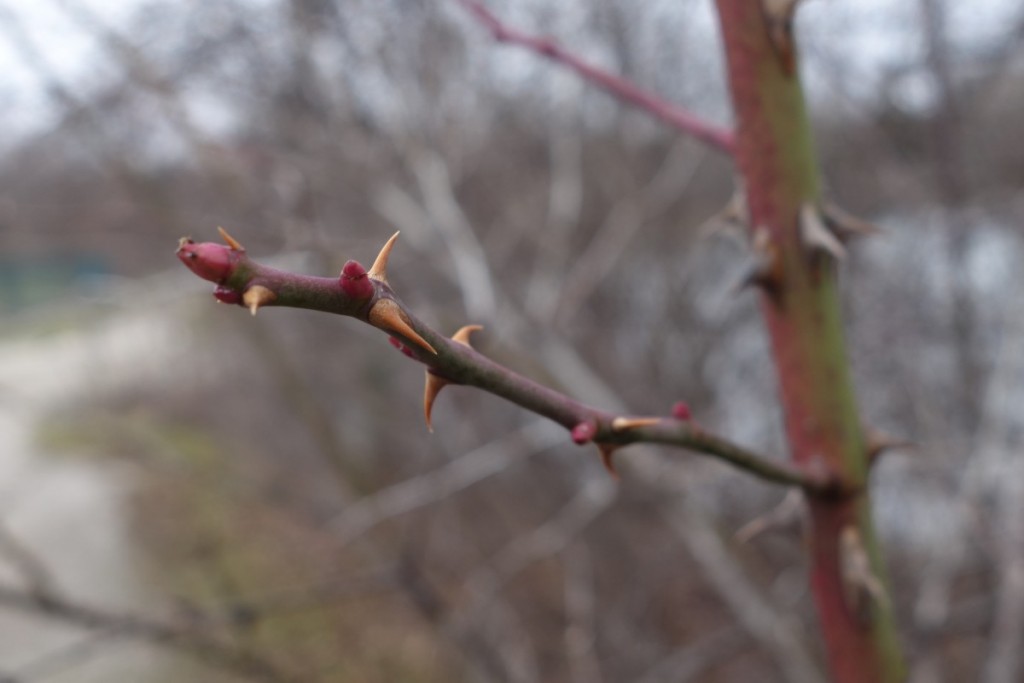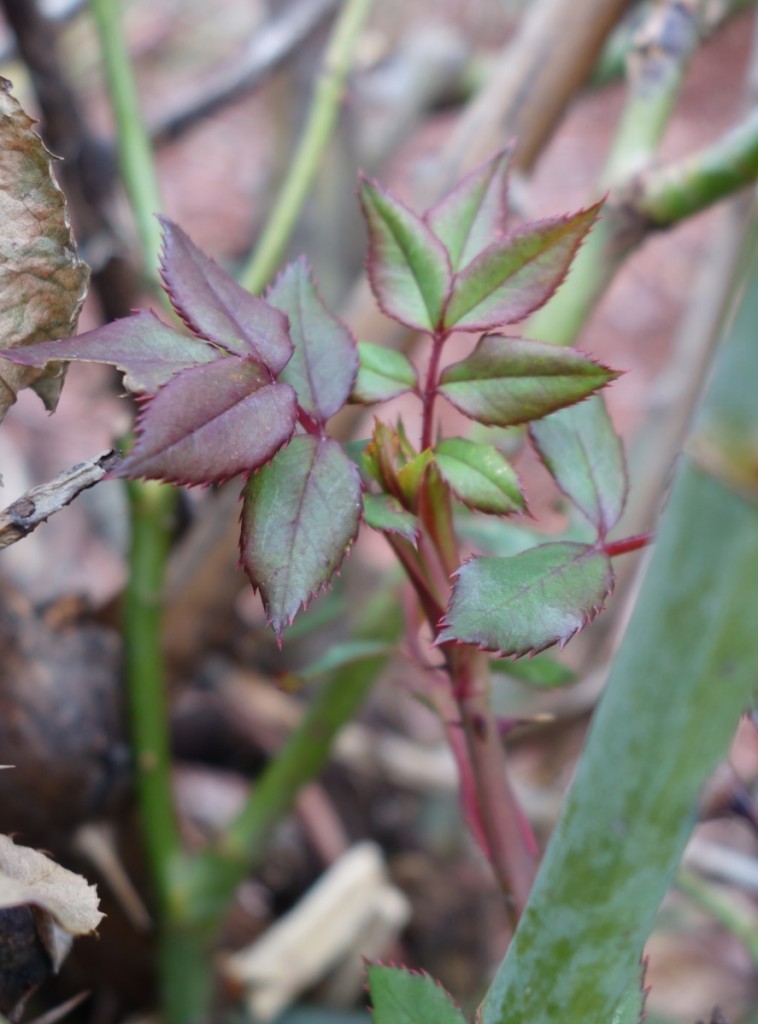Here in Michigan – and, it seems, most of the Eastern US – we’ve been having unseasonably warm weather and there are odd things afoot in the garden. Some plants that would normally be dormant coming back into growth. But perhaps odder is that while some plants have been “fooled” by the unseasonable heat, others are still resolutely dormant and not pushing any growth at all despite the warmth. Why is that?


There are a lot of factors that determine when a plant is dormant and when in active growth, a key one in this context is whether they have a vernalization requirement or not. In simple terms, some plants, once they go dormant for the winter, will refuse to come back into growth until they’ve experienced a period of cold temperatures. Once they’ve been through that cold, the plant is termed to be vernalized and will then burst into vigorous growth as soon as the weather warms up again.
You’ve probably run up against a vernalization requirement in terms of bulbs like tulips. That requirement is why you need to give tulip bulbs a cold treatment in order to force them to bloom indoors, and why southern gardeners without sufficient natural winter cold have to pre-chill their tulips in order for them to bloom. The adaptive advantage of this is obvious in a year like this, as it prevents plants from jumping the gun in a mild December and getting damaged by the real cold when it arrives.
So why do are some plants lack this adaptation and come into growth in a freak warm spell? Some are adapted to life warmer climates and sometimes it is the work of humans. Modern hybrid roses, for example, have had their vernalization requirement bred out of them. The downside is that this makes them more susceptible for winter damage sometimes, but the plus side is that it is part of what causes them to bloom all summer long rather than just once in the spring the way most of their wild ancestors do.